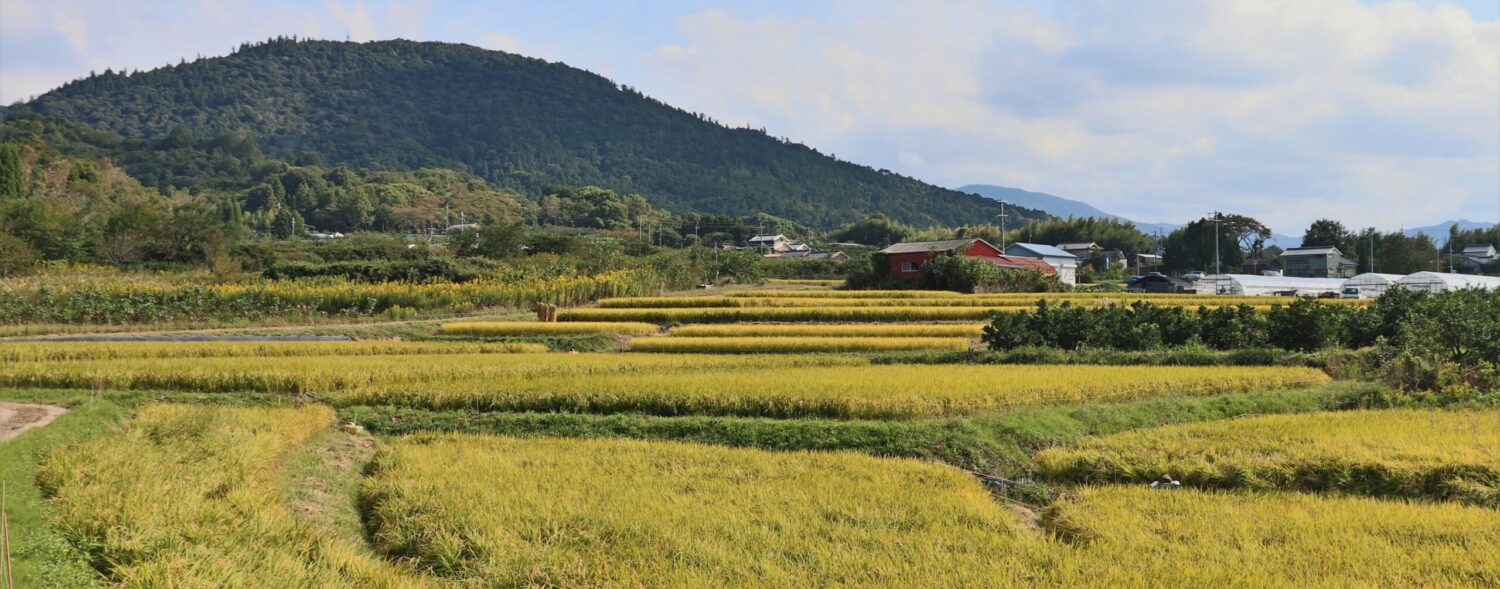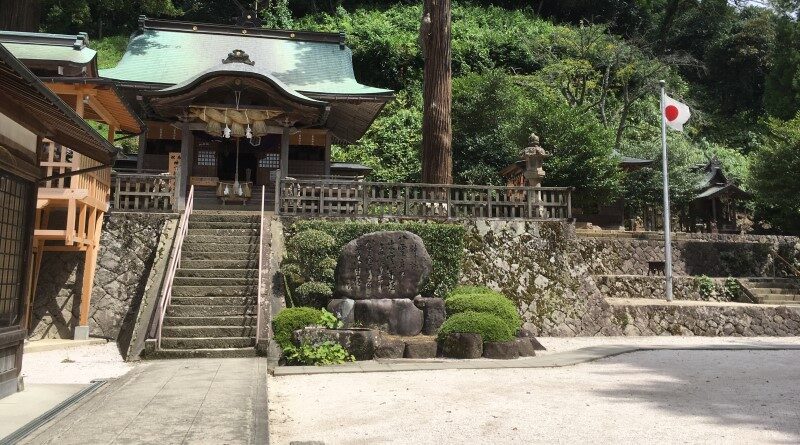Suga Shrine: the birth place of Japanese Poem
Suga Shrine [須賀神社] is a little off the beaten path. While the first two shrines we have visited during our trip to Izumo have been big tourist attractions, Suga Shrine is certainly not. However, it had great appeal for us to visit, but we will get to that in a minute.
Getting to Suga Shrine
From Matsue Stn., you will need to take a bus bound for Izumo-Daito station in Unnan City, home of the legendary eight headed dragon, Yamata no Orochi.
[mappress mapid=”6″ width=”95%”]
The bus ride is not terribly long, only about 45 minutes to an hour, but that short bus ride out of the city will show you just how different Matsue City is compared to the rest of Shimane prefecture. If anyone you know ever said they traveled to the inaka in Japan by traveling an hour or two outside of Tokyo, they have no idea what the real inaka is like. Just going this short distance away from Matsue City and a lot changes very fast. There are no big buildings whatsoever, no restaurants that we could see, hardly any stores—not even our beloved convenience stores!
When you get off be sure that you make a note of what time it is when you get there and then look at the timetable next to the bus stop. This is very important because the bus will not come back to that stop for another two hours.
Japan’s First Capital
Ironically, this somewhat remote area is the mythological first capital of Japan, as denoted by this sign:

Suga Shrine is only about a seven minute walk from the bus stop. Take a right to the end of the street and you will actually see some signs for the shrine.
Shrine Grounds

So what is about this relatively small shrine out in the middle of almost nowhere? Why did we both going through all the trouble to get here? Speaking from the mythological of the Kojiki, Suga Shrine is where Susano-o and Kushinada lived after the defeat of Yamata no Orochi. Upon arriving here Susano-o felt rather inspired and recited the first poem in Japanese literature.
This same poem is on a large rock just inside of the shrine. Roughly translated it reads:
In Izumo, where the clouds form,
I see a fence of clouds.
To protect my wife, I too, built a fence.
These clouds are as my fence.

From our perspective it is so cool to be in not only Japan’s first recorded capital (even if it is just a myth), but also the place where a mythical god recited the first poem in Japanese literature. For us hardcore nerds, this is awesome.

Haiden

Just behind the haiden is the the hoden, the main shrine building, where Susano-o, his wife Kushinada, and their child, Yashimajinumi no kami, are enshrined.
Yakumo Yama
Sometimes shrines in Japan have two parts; that main shrine rests at the foot of the mountain, but another part of the shrine that lies near the top of the mountain. The part of the shrine at the top of the mountain is called a okunomiya [奥の宮], and that is what we were hoping to get a glace of. In the case of Suga Shrine, the okunomiya is on top of Yakumoyama.
If you head back to the road with the signs for the shrine, you will see that that road it keeps going. You will need to follow that same road for quite some time before you see another sign on your left that will point you in the direction of Yakumo yama. It is not all that far of a walk, about three kilometers or so to reach the mountain, which albeit isn’t that big.

Unfortunately, we were overly ambitious and couldn’t make it all the way up the mountain. We needed another hour to get all the way up, which would have cost missing our bus. There were also still some things we wanted to do in Matsue. It is sort of a shame, as it was very lovely day. I encourage anyone going out that way to plan time for walking up Yakumo yama. The surrounding landscape is really lovely and it is not a hard hike at all. Take a few things with you for a light lunch and it would be a great outing.



Leave a Reply